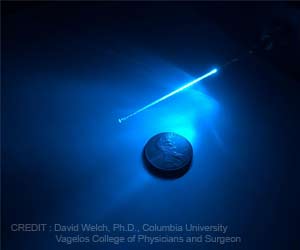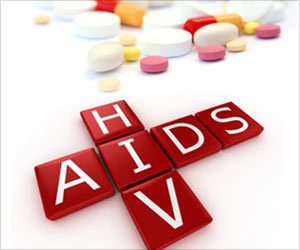. using this fact, researchers first tested the lights on bacterial spores notorious for their resistance to this radiation. Within 20 seconds of UV exposure, the spores’ growth dropped by 99 percent.
Later, they created droplets containing coronaviruses or HIV, to mimic typical ways people encounter viruses in public, such as from coughing, sneezing, and bleeding.
The droplets were then exposed to UV light and placed in culture to see if any of the viruses remained active. With just 30 seconds of exposure, the virus’s ability to infect dropped by 93 percent.
They also compared UV light to two heavy-duty disinfectants used in lab research. They found the lights were similarly effective in their ability to deactivate viruses.
While the lights still left a small percentage of the virus viable, it can be an easily implemented strategy to kill coronavirus.
UV-LEDs are cheap and could be easy to retrofit in existing light fixtures, and the bulbs are long-lasting and simple to maintain.
The lights also benefit from automation. A standardized, germicidal dose of light can be delivered each time, while the process of wiping down spaces with disinfectants leaves room for human error.
Chemicals and waste from these disinfectants also end up in watersheds and landfills as hands are washed and wipes thrown away. But the lights aren’t harmless.
Lights should be used when public spaces are empty, such as vacated buses that have finished their routes, or empty elevators traveling between floors. Escalator handrails could be continuously disinfected by putting UV lights in the underground part of the track, cleaning it with each rotation.
This shows that UV-LEDs as a tool that could be used beyond the pandemic, ideally to help prevent another.
Source: Medindia



